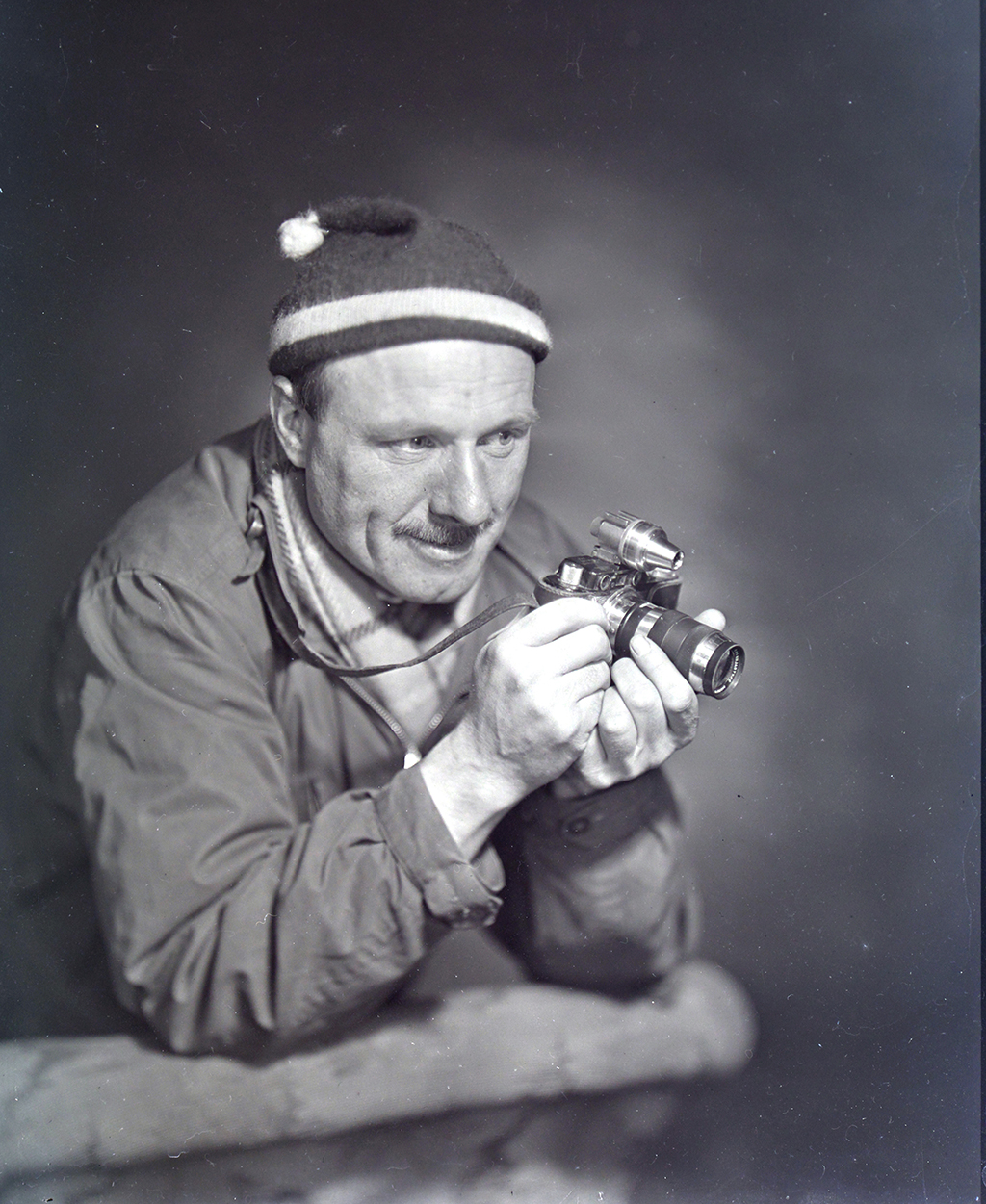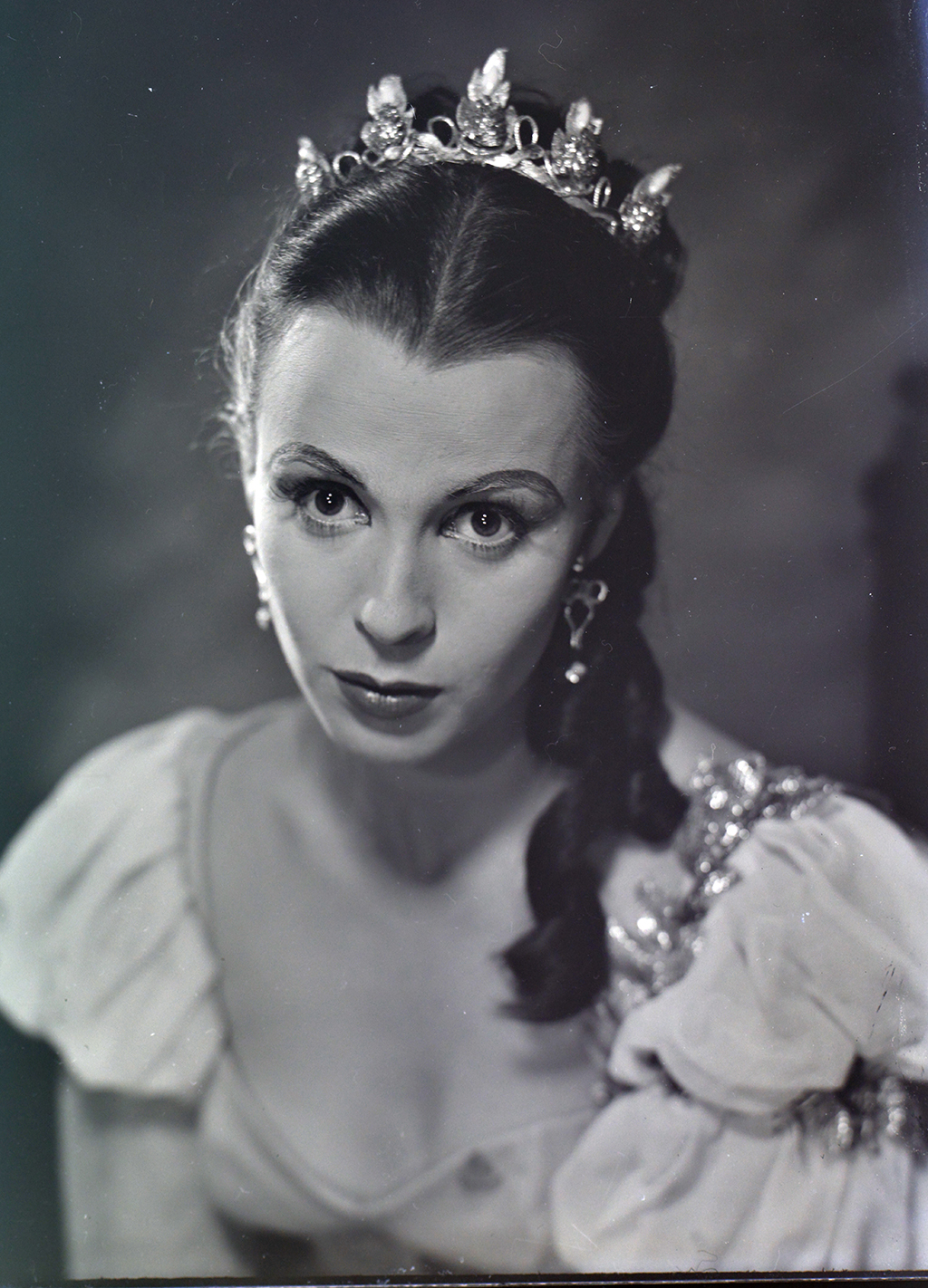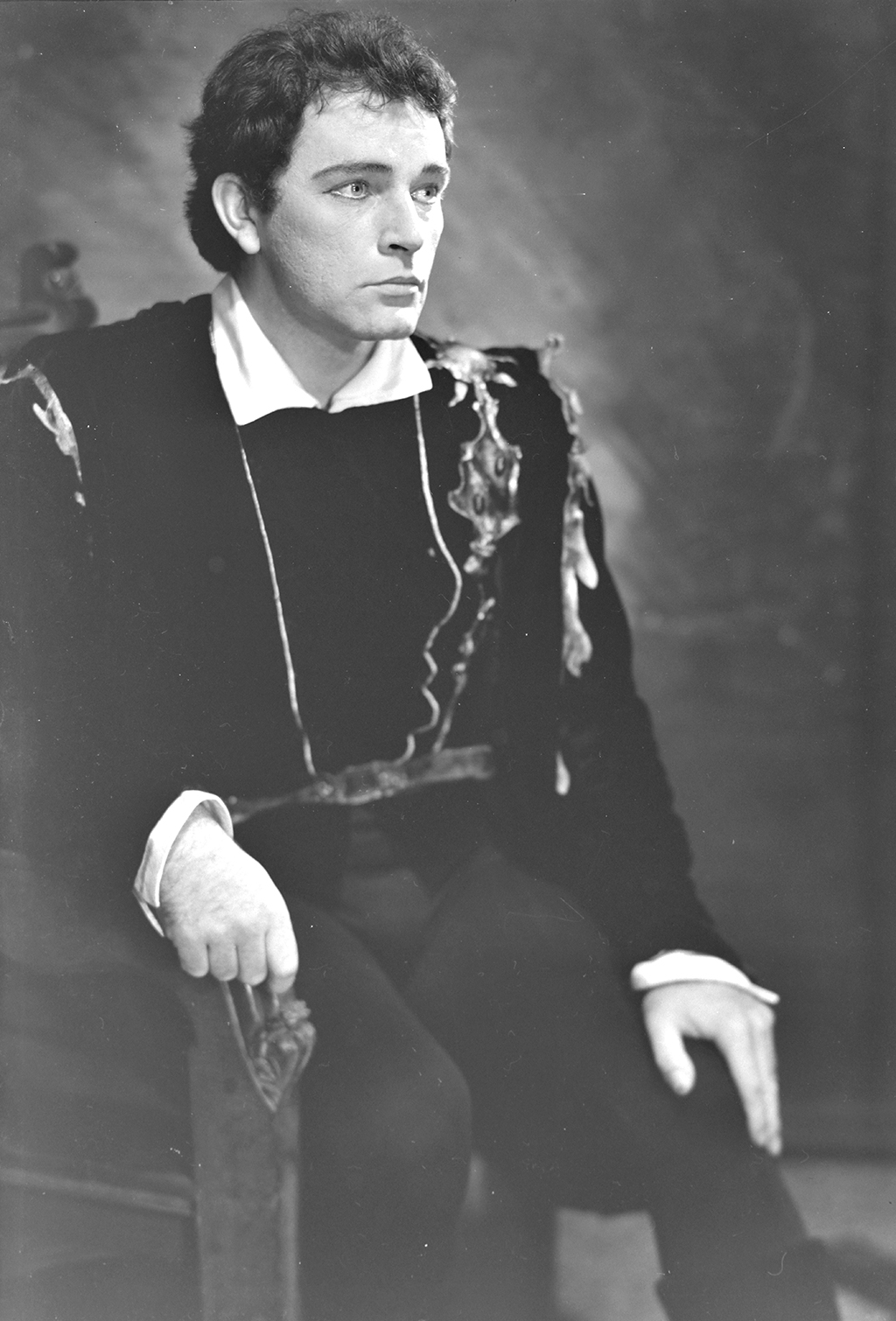
John Stephens-Orr – the snapper to the stars
In the 1950s and 60s, having your portrait taken by dapper snapper John Stephens-Orr bestowed real social cachet.
David McNeil shares his experiences of working with the Scottish society photographer.
In 1963 I was a 17-year-old trainee commercial artist with an advertising agency in Glasgow.
The boss called me in one day and told me commercial art was finished – the future was photography. He had, he told me, arranged an interview for me with his great friend, John Stephens-Orr, the finest photographer in Scotland.
Everything at 4 Somerset Place, in the white-painted crescent at the start of Sauchiehall Street, was designed to impress. You entered a hallway where the receptionist sat surrounded by portraits of famous Scots in gilt frames.
I was shown into a small annexe and Orr appeared. He was in his fifties then, medium height, well built, with a West End accent and great presence. His gimmick was that he always wore a kilt. He struck me as an impatient guy, with a great sense of humour and loads of charm which he could switch on and off. His E-type Jaguar convertible was parked outside.

Tom Weir, photographed by John Stephens-Orr
He initially suggested I would be an indentured apprentice – that is, I would pay him, but he was impressed by the fact I was a sergeant in the Boys’ Brigade so he hired me for one guinea a week. He showed me round. The waiting room was done in the manner of a stately drawing room, deliberately aspirational, with a huge black and white photograph above the Adams fireplace of six flower girls at an aristocratic wedding, a slightly informal portrait. He was way ahead of his time.
There was a hat stand in the corner with a deer stalker with flies pinned to it and a sideboard with whisky and gin decanters. He created an impression that this was serious work and wasn’t going to be cheap. Part of his technique was, when clients came in, to let them wait for a bit, take in the setting – then he would arrive, offer them a drink and study them while he chatted. Make them smile, laugh, be serious, get a feel or sense of them, see how to portray them.
Orr was easy to talk to because he was a salesman. He started as a self-taught amateur photographer with a shop selling electrical goods. He’d taken pictures of businessmen, aristocrats and society stuff in his spare time and submitted them to Scottish Field, the Bulletin, Glasgow Illustrated and the Glasgow Herald. He’d married a hospital matron called Jenny and she was the steel which created the business. They had no children. He had a distinctive signature ‘J Stephens-Orr FRPS FRSA’ on his literature and his portraits.
His studio had a subtle, dark, swirling Turneresque background he’d painted himself, decades before Kodak stopped using white backgrounds. Orr worked mainly in black and white, basing his portraiture on Karsh of Ottawa, an internationally famous photographer of the 1940s and ‘50s. His technique was dead simple: he used three lights (a back, a main and a fill-in) and he shot on 8×6 inch or 6×4 inch glass plates using a Linhof camera. He’d pose the subject, focus while under a black cape behind the camera, then step out from under the cape holding an extension lead.

Actress Clare Bloom, photographed by John Stephens-Orr
He would talk to the subject, watching them closely, waiting for the moment. They would relax and then he would take the shot. In these digital days it seems laughable, but he would take three plates in total: one double-sided slide, plus a spare, because there was always the danger of glass plates being broken. Part of his technique was to underexpose slightly, so the negative was quite ‘thin’ – meaning it needed very short exposure from enlarger to photographic paper. The thin negative ensured the skin quality on the portrait was superb.
As his apprentice I had to have his chemicals heated to the exact temperature and to treat plates like gold dust. After the process my job was to retouch the glass plates using a soft pencil to remove blemishes, laughter lines, wrinkles and scrawny necks. I suppose I was a kind of plastic surgeon and this was the fore-runner to Photoshop. I was good at retouching, better than him; he was too impatient.
His studio was hugely busy, a conveyor belt. Every morning I put on a white coat and went straight into the dark room or retouching duties. He charged 100 guineas a sitting, about £2,000 in today’s money. He wanted to keep his lighting technique secret and trusted me enough to set it up. He could be grumpy and hated bad timekeeping. Once, when a new apprentice arrived late on his first day, Orr told him to go home.
He was quirky. His Christian name was John, his middle name was Stephens and he hyphenated it with Orr to sound grand. Nobody ever called him John and it amused him when people called him Stephens.
He photographed artistocrats, captains of industry, judges, politicians, top medical men, and sportsmen such as Jim Clark and Mike Hawthorn the racing drivers, but not footballers because he was a bit of a snob. There were people from the arts – Paul Robeson, Marc Chagall and Stanley Baxter – and Nicholas Fairbairn the lawyer. Orr photographed few women; I don’t think he really understood them.

Actor Richard Burton, photographed by John Stephens-Orr
While I worked for him he had a side business exporting antiques to America and also played the stock market. He once asked me if I had heard of The Beatles, because he was thinking of investing in their record company. I said they’d be huge, and a year or so later he thanked me for my advice – but never gave me a bonus.
He covered all the big social events for Scottish Field and Glasgow Illustrated magazine. After a while he sent me to take the pictures, although they appeared under his byline. People didn’t like being photographed until I said it was for Scottish Field, then they were happy to pose. We also photographed society weddings across Scotland. He set up the formal shots, while I did the guests arriving. We used MPP cameras which were clumsy, so I had to work very fast, exposing dozens of plates in and out of metal sheaths. By the end of the day my fingertips would be shredded.
The wedding side of the business became very successful, and so he bought a gown van and converted it for use as a mobile dark room. I would then develop and print 10×8 proofs and take them, still wet, back into the reception to sell. Wedding guests were terribly impressed by this and I took hundreds of pounds in cash for him.
I stayed about three years, and he was upset when I left. But although my wage had gone up to two guineas a week, plus one shilling an hour overtime after 7pm, I felt I was treated like a serf. However, the things he trained me in – lighting, photographic techniques and charm – were priceless.
TAGS

